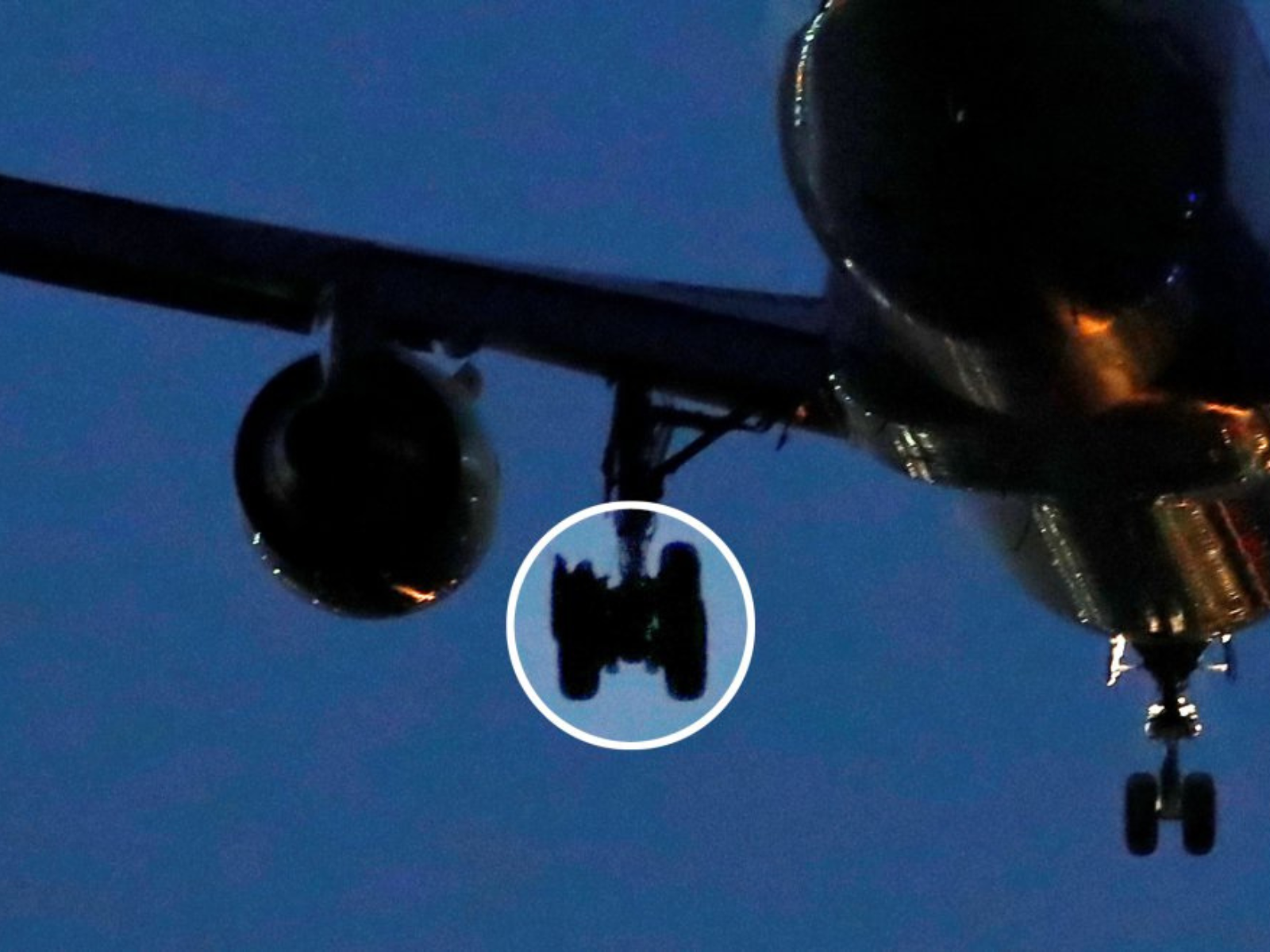Zaragoza, January 3, 2024
In vast and majestic Tibet, where the heights defy the imagination, there is an intriguing phenomenon in the skies. While airplanes soar through the global sky, there are times when none venture above this awe-inspiring land.
Why do planes avoid this region, even with its massive expanse? In this article by our colleague Jorge García Jordán we will unravel the mystery behind this aerial evasion and explore the security complexities that cause pilots to plot routes around Tibet.
From extreme altitudes to technical emergencies, find out why some dazzling landmarks are avoided at altitude.
Get ready for a fascinating journey through the clouds and the reasons that keep airplanes out of the Tibetan skies!
PREVENTION AND SAFETY
Very few planes fly over Tibet, as big as it is, but no... they avoid it.
In fact, when you look at flight radar applications you see that, while there are many, many aircraft flying all over the world, at times there are none flying over the Tibet region.
For an area of 1.2 million square kilometers (something like France, Spain and Portugal in one fell swoop), slightly more than 2.6 million inhabitants and many areas difficult to access except by air, the Tibet region has only 8 airports or airfields, all above 3,500 meters AMSL elevation, i.e. the maximum pressure altitude above sea level, and all of them located in the south of the region.
And that's the real problem when flying over Tibet. The average altitude of the region is close to 5,000 meters, reaching peaks above 8,000 meters, including that Everest as crowded as a Mall on Sale.
The vast majority of passenger aircraft can and usually do fly above the average altitude of Tibet without any problems. Even higher. Therefore, it is not a technical problem. It is nothing more and nothing less than a safety problem in an emergency. And as fashionable as J.A. Bayona's movie "The Snow Society" is, it would be better if it could not be repeated.
The cabins of modern passenger aircraft are pressurized. When a malfunction in this system or decompression occurs, oxygen masks are first activated to allow passengers to breathe. However, the capacity of the oxygen system is sufficient for only 15-20 minutes.
Therefore, when a failure occurs in the cabin pressure system, pilots must lower the aircraft to an altitude of 3,000 meters or less. Yes or yes. In addition, when one of the engines fails in twin-engine aircraft, the aircraft must descend to a certain altitude in order to fly safely.
In most of the Tibetan region, the altitude far exceeds this minimum emergency/safety altitude. There is no environment in Tibet where aircraft can safely descend in an emergency to compensate for pressure problems or engine failure as discussed above. And let's not talk about a crash landing on the slopes of the highest peaks on the planet that only works out well in the movies (and not all of them).
Therefore, aircraft that do not fly specifically to one of these eight Tibetan airports, of which there are of course some, simply avoid flying over Tibet for safety reasons in the event of a technical emergency and prefer to make a detour. Normal.
Although... it could also be that the real reason is that China doesn't like anyone hanging around in that area... And it's better not to risk it, who knows!
Jorge García Jordán
HR Department.
YOU WILL ENJOY READING


JOIN THE CLUB
"LIVE FLYING"
WHY WILL YOU LIKE IT?
In the club you will find...
- Promotions with special discounts only for subscribers.
- Travelers' meetings.
- Online travel chats, learn the secrets of the cities where we fly.
- Sweepstakes and contests.
- Top guides with the best secrets of the cities where we are going to escape.
- Visiting the cockpit of a Boeing 737, a photo you will love to have.
- Solidarity actions.
- Workshops from "losing the fear of flying" to "how to organize your getaway saving time and money".
- Ask the expert: everything you would like to know about the world of aviation and never dared to ask.
- Passenger stories. Share with your fellow club members the photo, anecdote or story that caught your attention during your trip.





